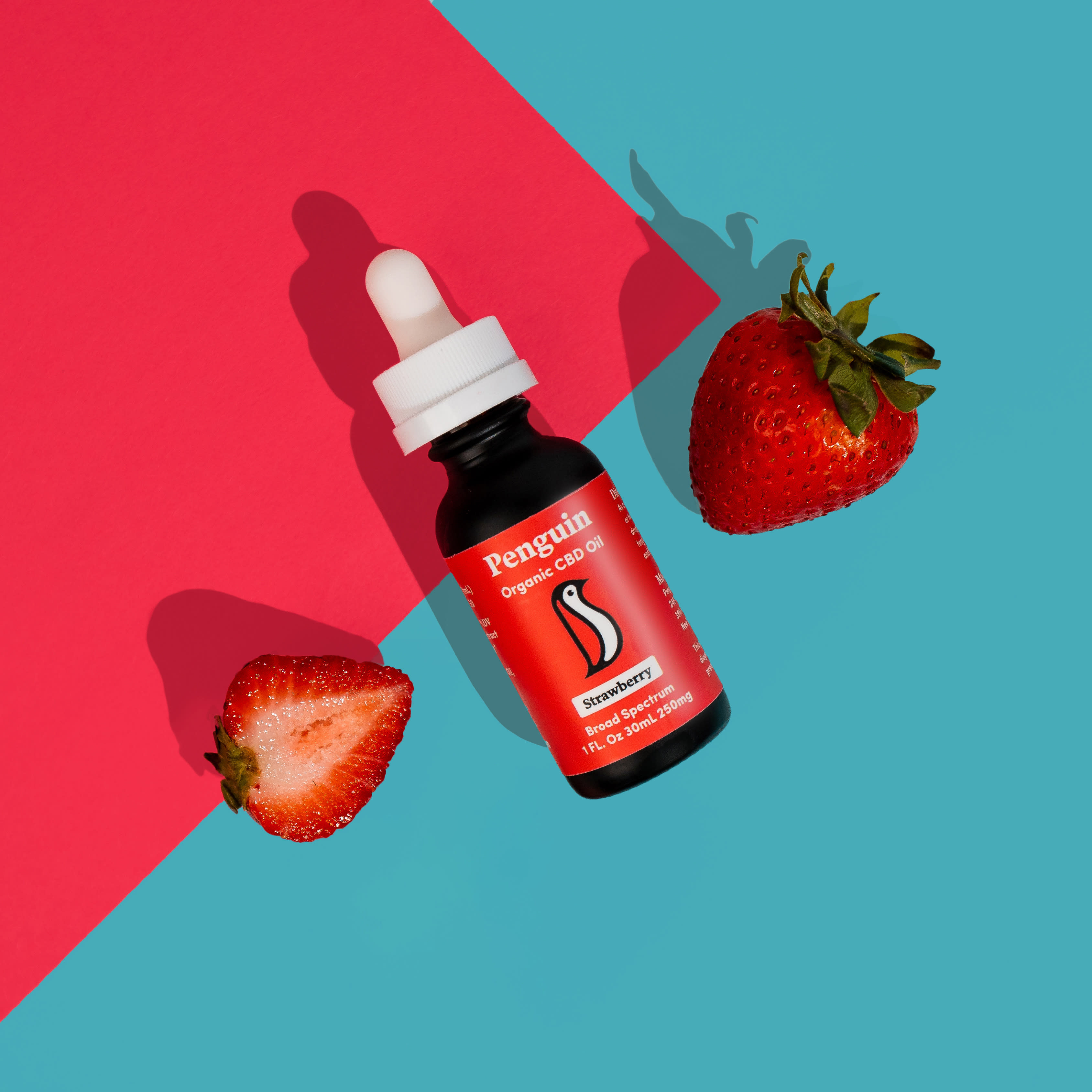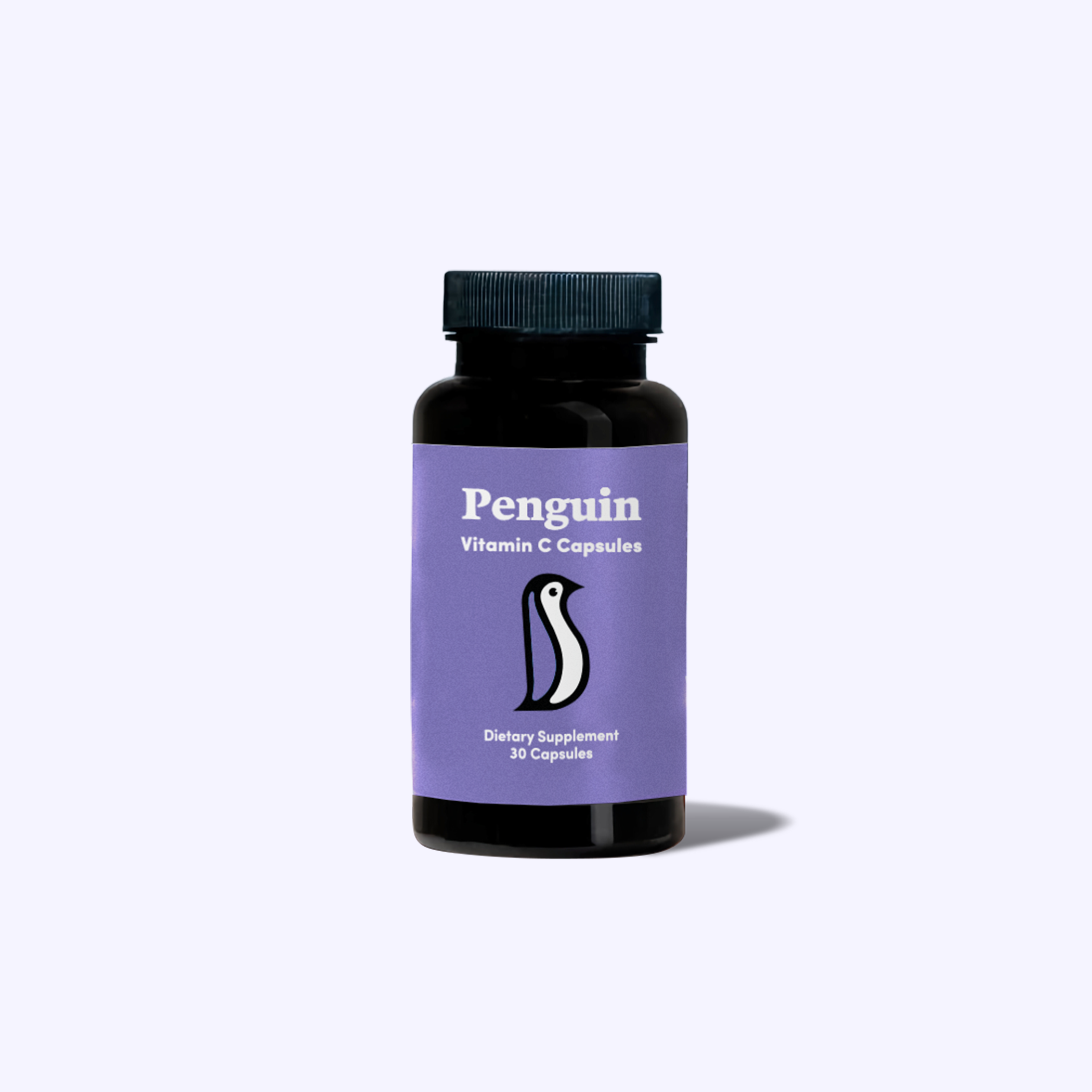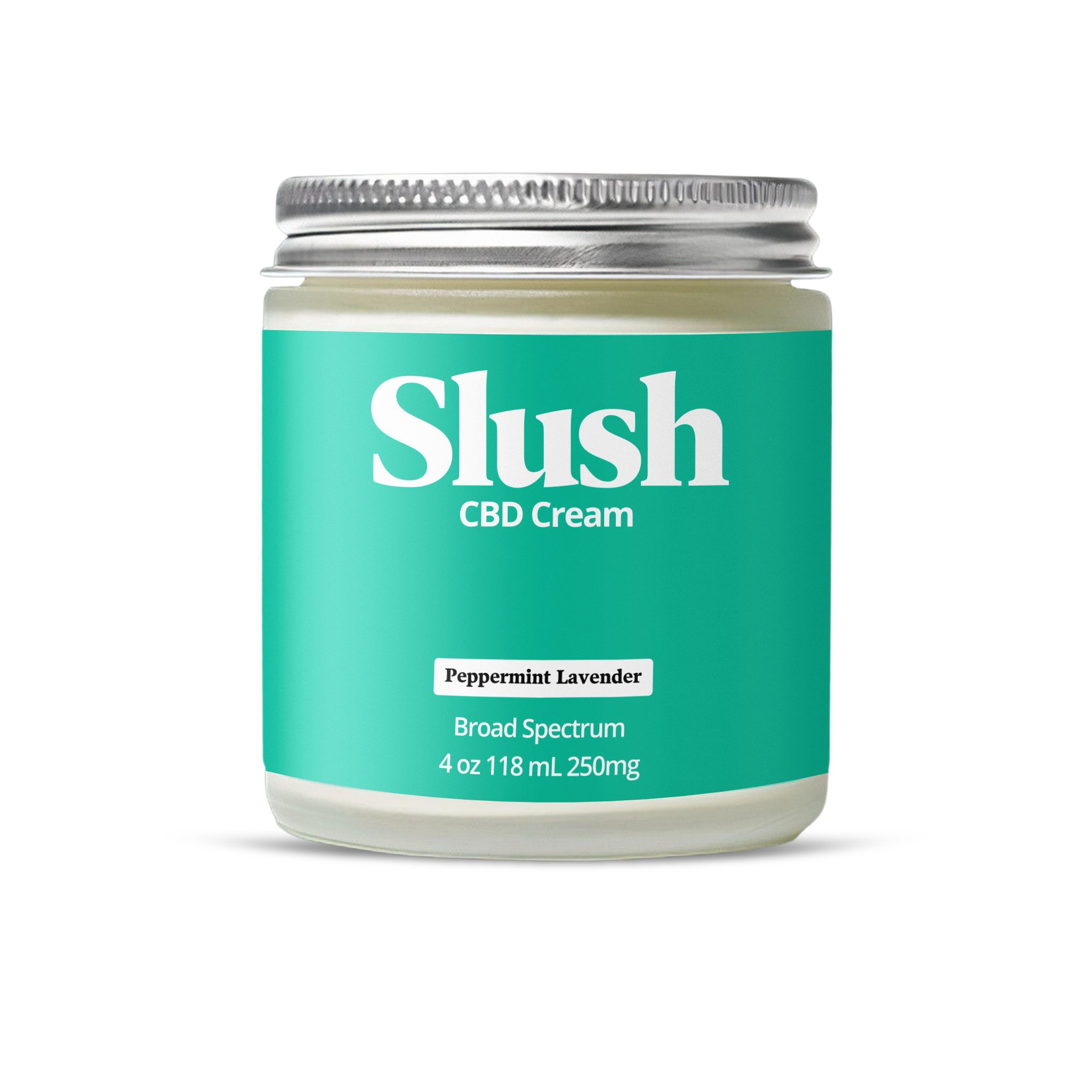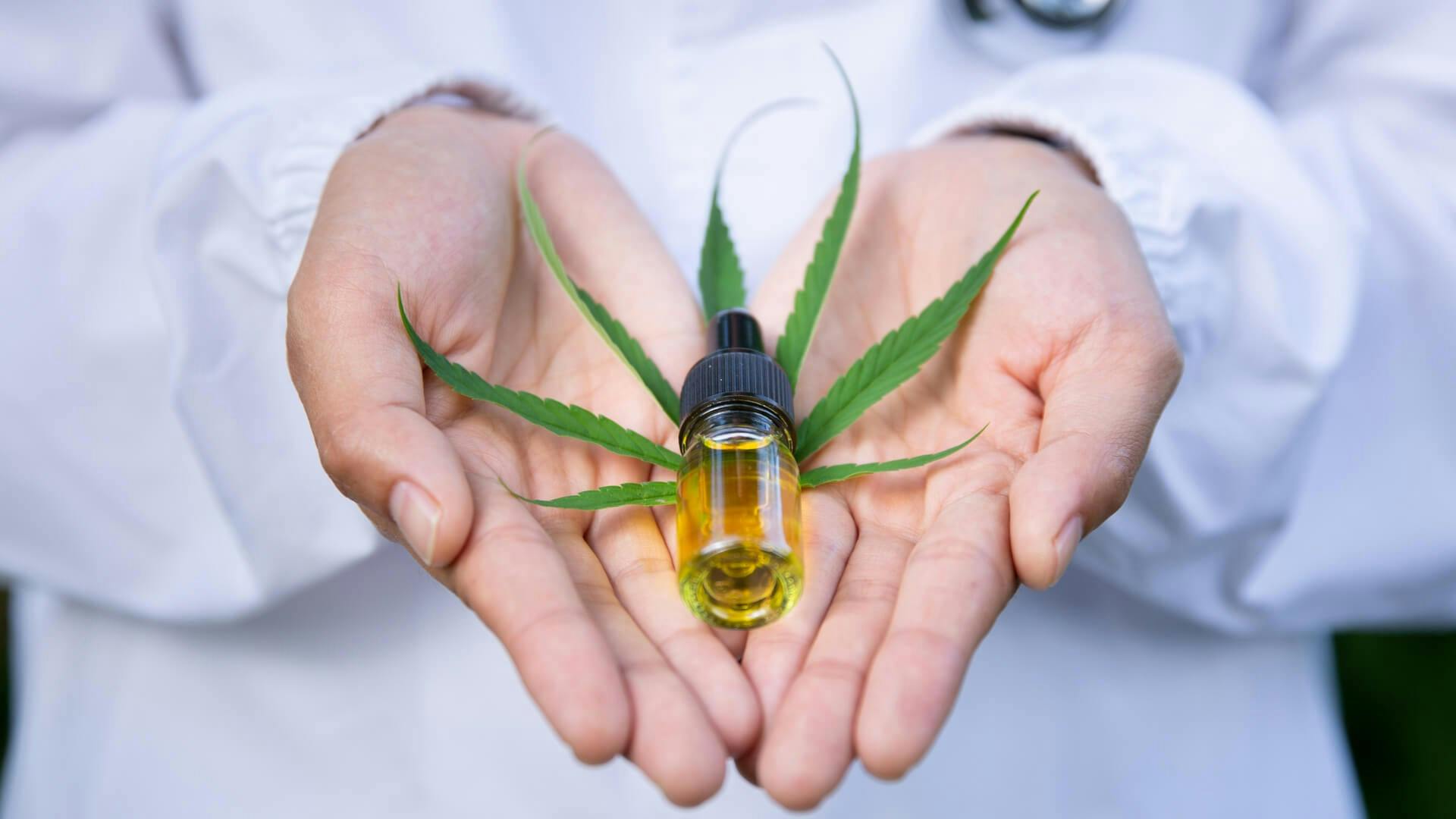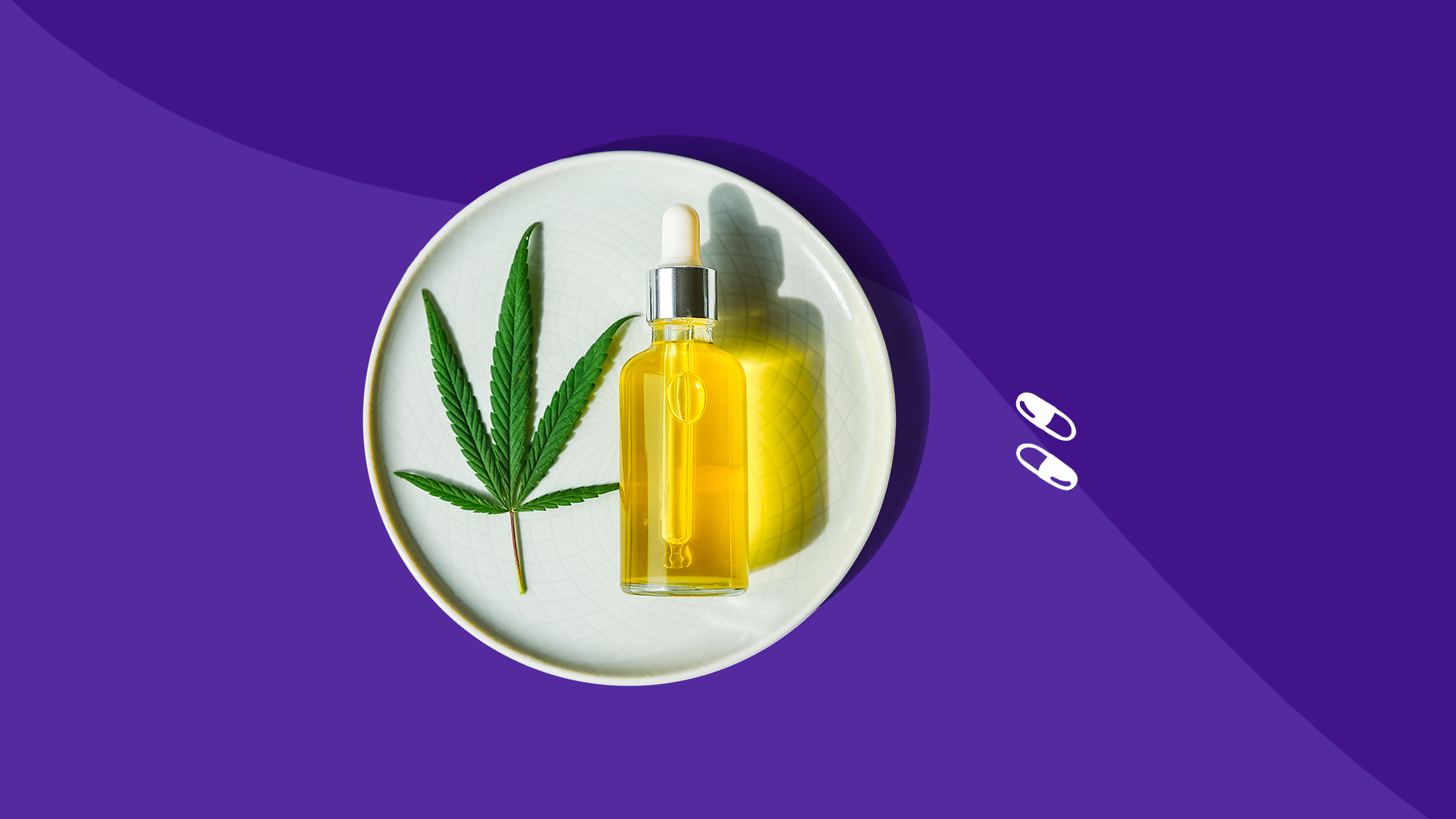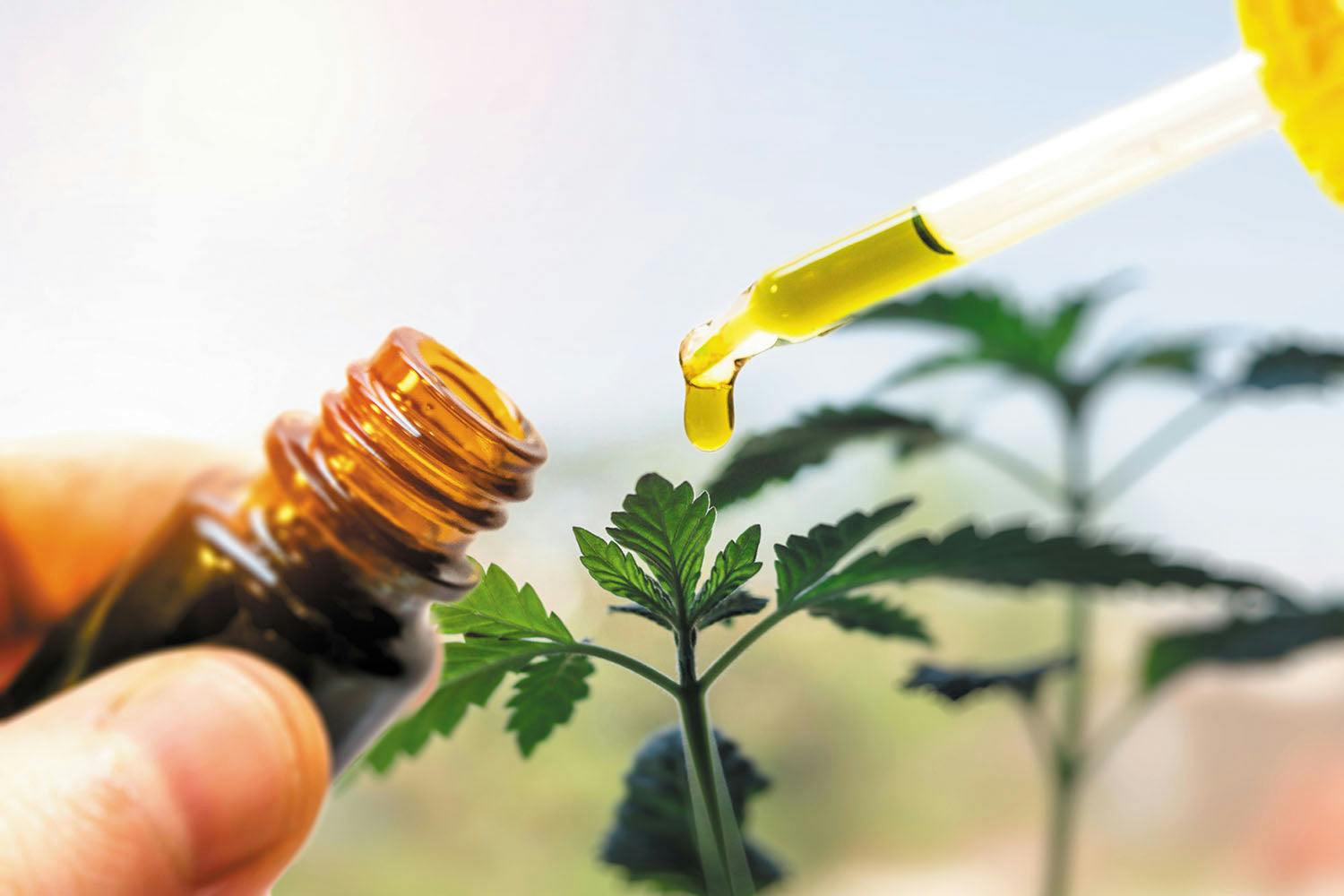How Does CBD Work?
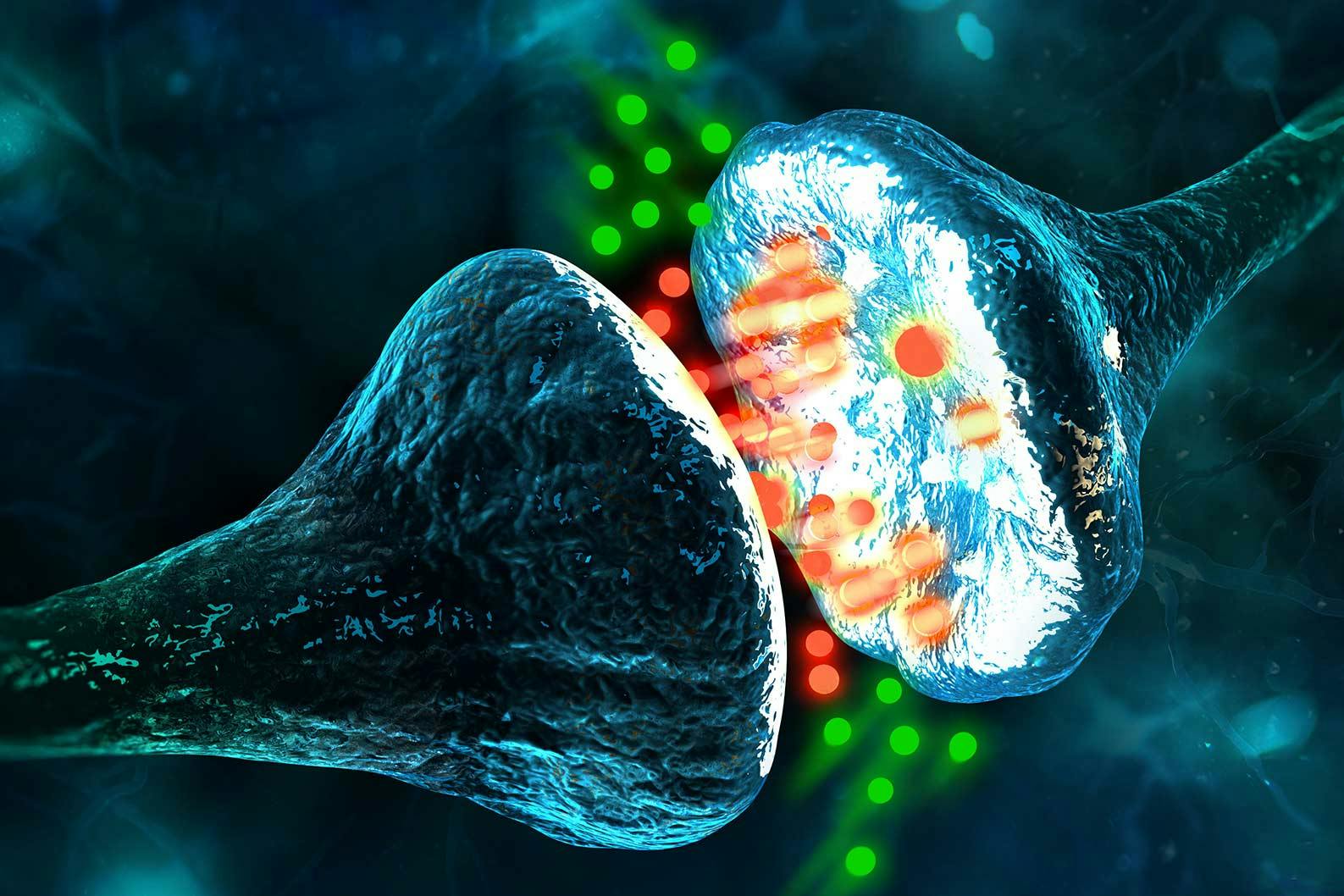 By Penguin CBD
By Penguin CBDCBD can be helpful for a wide variety of people, but if you've been adding tinctures, salves and gummies to your diet but haven't been feeling the effects, you might be frustrated and annoyed.
Instead of ditching CBD altogether, there might be a reasonable explanation for why it's not working. This post will explore how CBD works in the human body, and we'll look at three things you can change to get the most from your CBD experience.
But before we go any further, we need to get a clearer understanding of how the endocannabinoid system works. And while we're at it, we should do a quick refresher about CBD and how it's made.
Then we'll look at how CBD works in your body and offer some tips so you get the best experience possible.
What is CBD?
CBD is an abbreviation for the word cannabidiol, and it's one of 113 cannabinoids found in cannabis plants. Each of these cannabinoids plays a role in the endocannabinoid system. CBD is nonpsychoactive, which means it's not going to produce a feeling of euphoria or alter your brain's reward system.
The FDA hasn't regulated the purity or safety of standards of CBD, so make sure you read the labels and buy from reputable manufacturers.
How is CBD made, and how is it extracted?
You're starting to see CBD everywhere – from drugstore shelves to your social feeds. CBD is having a moment! But even with the heightened interest in this product, plenty of people still wonder just exactly how CBD is made and how it's extracted.
Answering that question might seem simple, but the reality is not that clear. Retailers all have their preferred methods of extracting CBD at all stages of production, which means there are several ways to answer this question. Let's look at the two most common extraction methods – ethanol extraction and CO2 extraction.
For many retailers like us, the most efficient way to extract CBD is through a carbon dioxide (CO2) extraction process. This method uses CO2 to help separate the oil from the plant matter. Then a combination of high pressure and very low temperatures maximizes the amount of CBD that's extracted. This method of extraction helps preserve and support the purity of the oil. It requires expensive equipment, but the end product is potent and free of chlorophyll.
Ethanol extraction is the more popular of the two methods because it's safe, effective and simple. In this method, ethanol (high-grade grain alcohol) is used as a solvent to separate CBD and other cannabinoids from the plant. Then it's processed into the products you know and love, like gummies and CBD oil tinctures.
Ethanol extraction can be done in cold or warm conditions, and it's much more time-efficient than CO2 extraction. However, you might get some residual fillers with ethanol extraction, so CO2 extraction is considered a purer extraction method. No matter how it's extracted, one exciting thing is that CBD can be extracted from all parts of the plant, so there's no waste.
Now that we know how it’s extracted, let’s look at how CBD works in the body.
What is the ECS?
The endocannabinoid system (ECS) wasn't discovered until the mid-1990s. It's a complex system nestled inside our bodies, and there's still much about it that's unknown. Here's what we do know.
The ECS has three components: receptors, enzymes and endocannabinoids. All these parts function in your ECS, whether you supplement with CBD or not.
Receptors are found throughout your body. Endocannabinoids bind to these receptors. Enzymes are also found throughout your entire body, but only two types of enzymes break down endocannabinoids. Researchers are currently trying to understand CBD's interactions and effects by exploring the relationship between endocannabinoids and receptors.
With us so far? Here's where it gets a little science-heavy.
There are two types of receptors: CB1 and CB2.
CB1 receptors are usually found in the central nervous system, which controls most of your body's functions and consists of your brain and spinal cord.
The spinal cord acts as the highway system for your body, and the two work in harmony to make sure your body can do everything you want it to do. CB1 receptors are responsible for movement, pain, appetite, memory, coordination, mood and other functions.
CB2 receptors are found in the peripheral nervous system. This part of the nervous system is outside the brain and the spinal cord. CB2 receptors influence pain and inflammation.
Enzymes break down cannabinoids, and then the endocannabinoids search out receptors. They seek to bind with them, though researchers aren't sure why. It's thought that CBD doesn't directly attach to receptors but influences them in some way.
We do know that when you ingest supplemental CBD, you're activating these receptors, which allows you to feel the things you do when you take a tincture or chew a gummy.
How does the ECS work?
Our endocannabinoid system is responsible for a lot in the body. Studies have shown that the ECS might factor into everything from how our brains interact with our muscles to overall inflammation in the body.
On its own, that's pretty amazing, but what's even more exciting is that the ECS might help our body remain in balance. This balancing act is thought to happen through a complex system of cell-signal and relay systems, though researchers are still exploring exactly how this all works.
What we do know is that the ECS might be partly responsible for regulating everything from our appetite to our sleep cycles. Pretty amazing, right?
Endocannabinoids are also called endogenous cannabinoids. Our body produces these molecules, so that means you don't need to supplement with outside sources – they're already there.
Research has identified two key endocannabinoids – AEA and 2-AG, which help keep internal functions running smoothly. Your body produces both 2-AG and AEA as needed, and knows what the optimal levels are for them.
Types of CBD
First-time CBD enthusiasts often produce more questions than answers when they begin their research into CBD. One of the biggest areas of confusion relates to the several types of CBD available on the market. There are lots of assorted products to choose from, and it can be difficult to determine which is the best one for you. Don't worry, we've been there too, and we have all the answers you need.
There are three "types" of CBD that you can purchase.
Isolate – Isolate is the purest form of CBD you can buy, since it only contains CBD and no other fillers. During the extraction process, all the other cannabinoids were removed, leaving just the CBD.
Isolates are used to create gummies, tinctures and salves. One drawback of isolates is that the lack of other endocannabinoids means you might be missing a useful compound.
Full-spectrum – When you buy full-spectrum products, you're getting the full spectrum of all endocannabinoids that are present during the processing and extraction process.
The drawback of using a full-spectrum product is that the CBD level is primarily related to the potency of the plants used for extraction. So, if the strain your retailer uses isn't very strong, your CBD might not be either. Consistency can sometimes be a challenge with these kinds of products.
Broad-spectrum – Broad-spectrum CBD is right in the middle between isolate products and full-spectrum, so when you reach for these types of products, you're really getting the best of all worlds. The theory is that broad-spectrum products create a perfect hybrid: You get all the endocannabinoids and high-potency benefits. That's why at Penguin CBD we choose to use a broad-spectrum extract for our oils, capsules, and creams.
Reasons why CBD isn't working
Buying your CBD from a source that isn't trustworthy could be one reason it's not working.
This is an industry that's playing on the sudden influx of interest, so it's the Wild West when it comes to purity and standards.
That's one reason why we're so committed to being transparent and providing you with the clearest understanding of our processes and our products. If you're buying a product that doesn't use good CBD oil to start with, your results are going to be subpar, no matter how carefully you follow a wellness routine. Protect yourself and your hard-earned cash, and look for third-party lab tests and customer reviews, both of which will help you establish brand quality.
Another reason the CBD isn’t working could be that you're so deficient in endocannabinoids that you're still filling your ECS well.
Remember that deficiency we mentioned earlier? Well, it turns out that if you're low on endocannabinoids to start, taking doses of CBD is only offsetting the deficiency. It's going to take a while for everything to reach optimal levels. Remember to go low and slow – it's the best way you can manage your experience. We also recommend keeping a CBD journal so you can recall exactly how you felt with each dose.
You may need to change your method of delivery.
This one might take some time, but it's worth exploring, especially if you're not ready to give up on CBD just yet. Remember that everyone's body is different, and so is their personal endocannabinoid system.
That means that not everyone is going to respond to CBD products in the same way. If you've been eating gummies like there's no tomorrow but aren't seeing the effects you want, you might try switching things up and exploring tinctures or a muscle rub.
Tinctures are a great way to explore CBD's immediate effects, since they enter your bloodstream more quickly than gummies, and you can add them to food or drink.
Remember that the results will take time, but for most people, the results are worth the effort.
Last thoughts and what to look for when buying CBD
Now you know how CBD is made and the differences in the product types available in the marketplace. You know about the extraction process and the potential benefits of adding CBD to your life.
But what should you look for when you purchase a product like our gummies?
Production, testing, transparency and customer satisfaction should all factor into your choice. You want to be confident in the products you choose, and we want you to be happy too.
The production method you prefer will ultimately help you decide how pure your CBD is, so think about that as you explore our catalog. We're sure you'll find something that interests you. If you have any questions about our products, don't hesitate to reach out. We stand by our testing and transparency, which is why we're happy to offer third-party lab test results.


